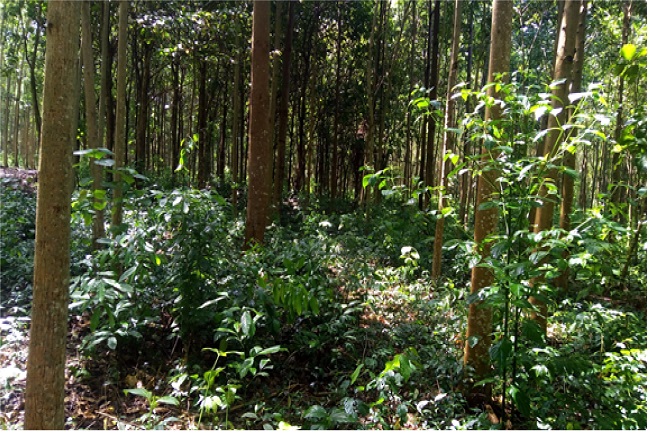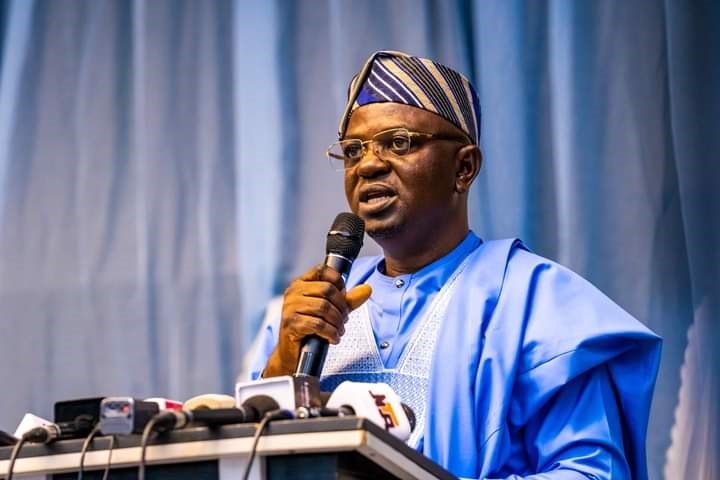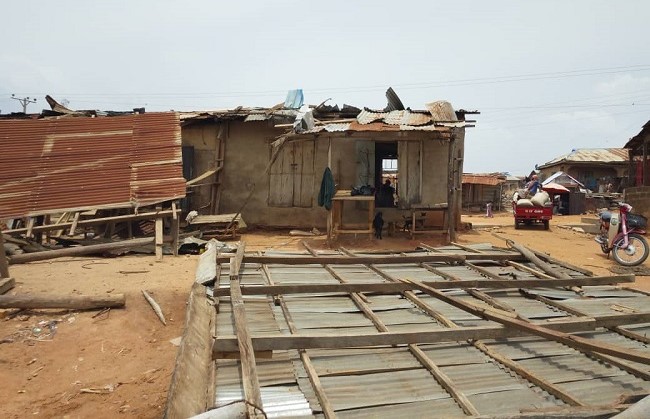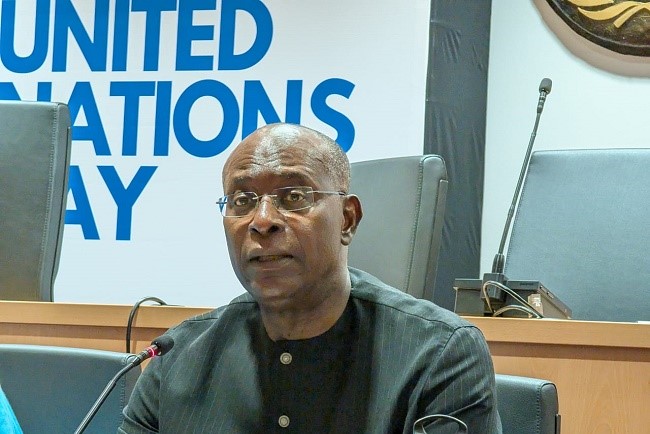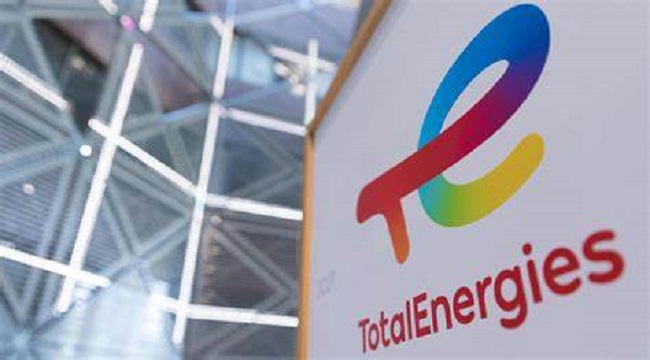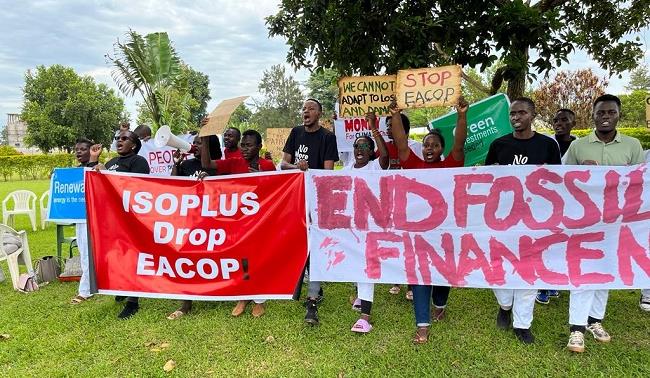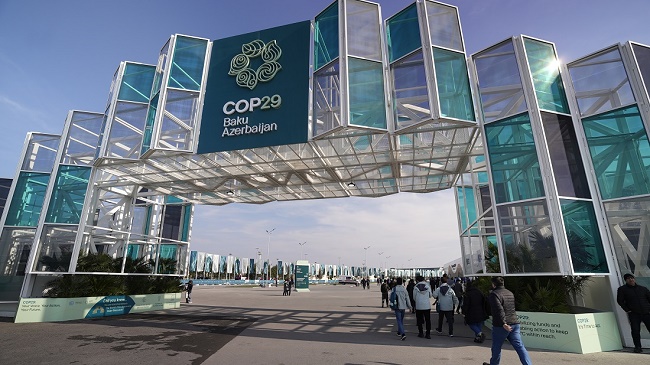With projects like the East African Crude Oil Pipeline and Tanzania Liquefied Natural Gas (LNG) reaching major development milestones, East Africa is on track to become a key player in the global crude and LNG export markets, says the African Energy Chamber (AEC)
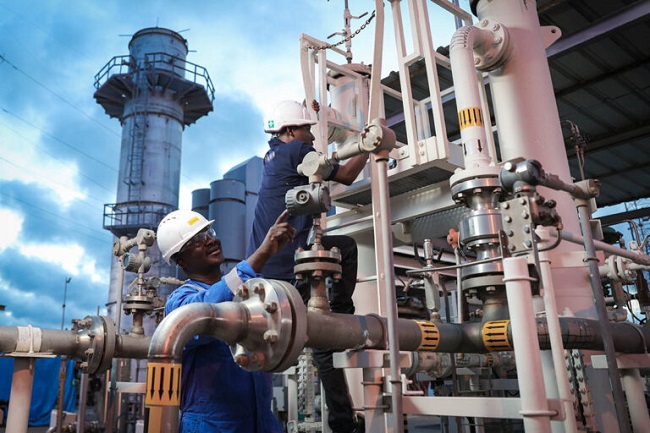
Representing a strategic oil and gas frontier, the East African region offers significant opportunities for investors. Large-scale infrastructure projects such as the East African Crude Oil Pipeline (EACOP) and Tanzania LNG project are not only expected to drive economic growth in the region but also trigger an oil and gas renaissance in East Africa. As the region gains increasing attention from international stakeholders, it is poised to become a key player in the global energy landscape, attracting both foreign investments and strategic partnerships.
East African Crude Oil Pipeline (EACOP)
Set to begin exporting oil in 2026, the 1,443-km EACOP will play a vital part in driving East Africa’s energy renaissance. Currently in the EPC stage, the pipeline connects the Kingfisher and Tilenga oilfields – set to come online in 2025 – with international markets via Tanzania’s Port of Tanga, offering a direct export route to global markets. Recent developments showcase the strong commitment by project developers TotalEnergies and China National Offshore Oil Corporation (CNOOC), as well as the respective national oil companies of Uganda and Tanzania, to advancing the project.
In March 2025, EACOP conducted orbital welding training in Uganda to support the development and maintenance of the pipeline. The training aligns with local content and technology transfer aspirations, facilitating greater participation by local communities in the pipeline’s development. Earlier this month, the project operators completed the first Integrated E-House Main Line Block Valve.
The valve represents the first of 65 stand-alone MLBV E-station containers – 59 of which are along the export pipeline and 6 along the Tilenga Feeder Line – that will support pipeline operations. The Government of Tanzania and EACOP signed an MoU in February 2025 on project security, reinforcing a shared commitment to ensuring safe and secure operations.
One of the biggest challenges faced by the project has been access to financing. To date, the pipeline has secured $2 billion in global financing, representing the largest single investment in both Uganda and Tanzania. However, EACOP is seeking an additional $3 billion in debt financing to fast-track development. Standard Bank announced its support of the project in 2024, while China is expected to offer financing through Sinosure and the Export-Import Bank of China. While this support is vital, additional investment is needed to bring this project to fruition.
Tanzania LNG
The Tanzania LNG project aims to reach a final investment decision in 2028. Representing the largest gas project in Eastern and Southern Africa, the project will position Tanzania as a major LNG exporter, monetizing 16 trillion cubic feet (tcf) of gas resources within the Shell-operated Blocks 1 and 4 and 20 tcf in the Equinor-operated Block 2. The Tanzanian government is currently revising terms of a Host Government Agreement – initially reached in 2023 – with energy majors Shell, Equinor and ExxonMobil. Discussions are set to conclude by June 2025.
Despite project delays, in 2024, Equinor affirmed its commitment to the $42 billion project, citing a need to reach mutually beneficial commercial terms. Following the conclusion of these talks, the project developers will move forward with the development, engaging financiers to expedite the project’s progress.
Tanzania LNG will not only position the country as an LNG exporter but also help monetize future discoveries offshore. Currently, the country is preparing to launch an international licensing round, with 26 blocks initially allocated for tender. At present, CNOOC is leading exploration, conducting seismic surveys in deepwater blocks near previously discovered acreage. Fresh investment will bolster Tanzania’s gas production, consolidating the region’s position as an energy producer.
African Energy Week: Bridging East African Investment
The African Energy Week (AEW): Invest in African Energies conference – returning to Cape Town for its fifth edition from September 29 to October 3, 2025 – serves as a vital link between global investors and East African energy projects. Uniting project investors, operators, African governments and policymakers, the event aims to unlock new energy frontiers across the continent. This year’s conference will provide updates on the EACOP and Tanzania LNG projects, while offering valuable insight into upcoming investment opportunities in East Africa’s growing oil and gas sector.
“The EACOP and Tanzania LNG projects have the potential to transform the East African energy landscape, and finalizing these projects has become more critical than ever. AEW: Invest in African Energies will bridge the region’s financing gap by connecting key players to discuss opportunities, challenges and development strategies,” stated Tomás C. Gerbasio, VP Commercial and Strategic Engagement, African Energy Chamber.

